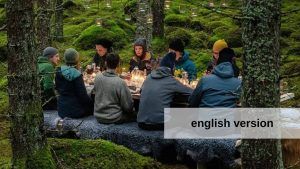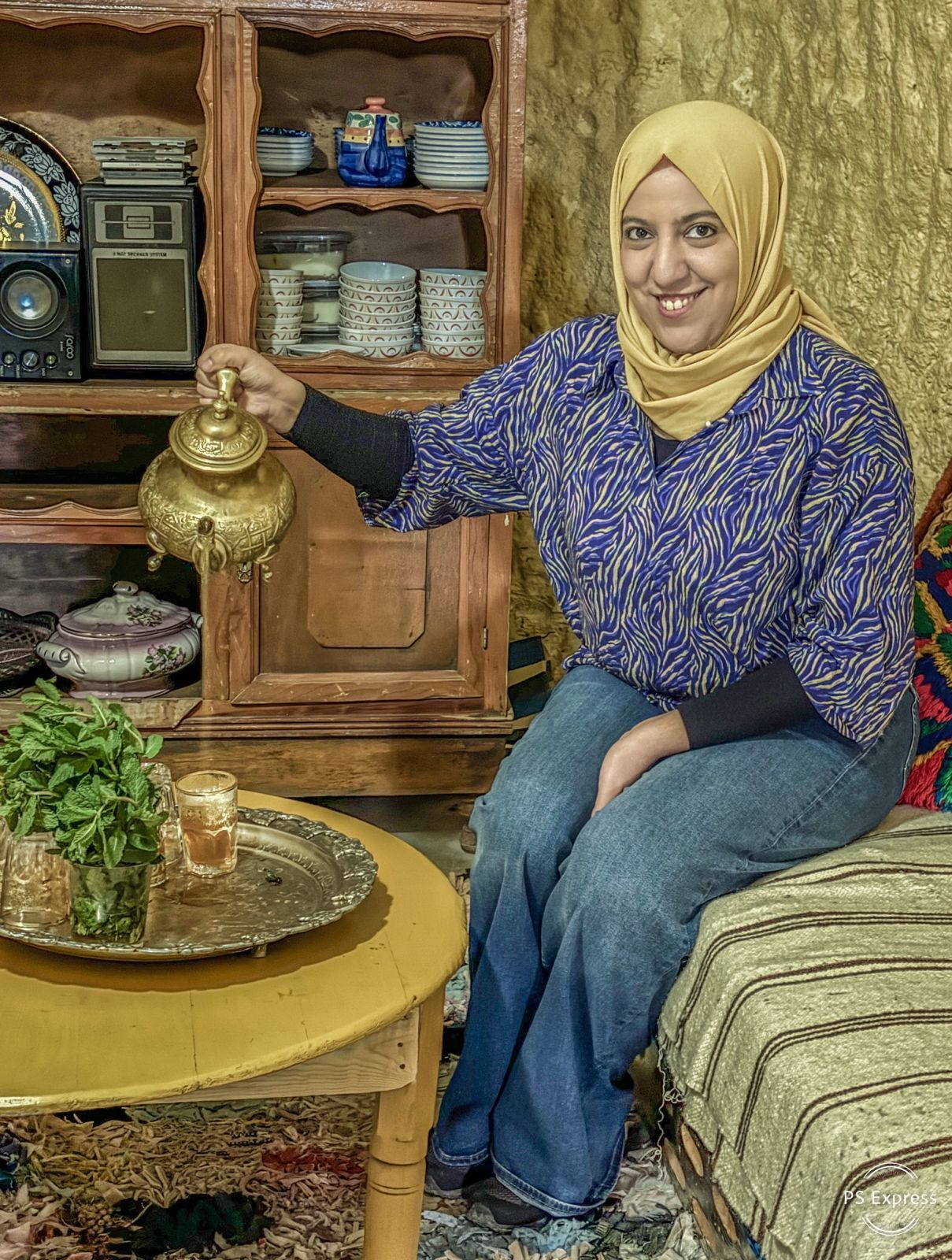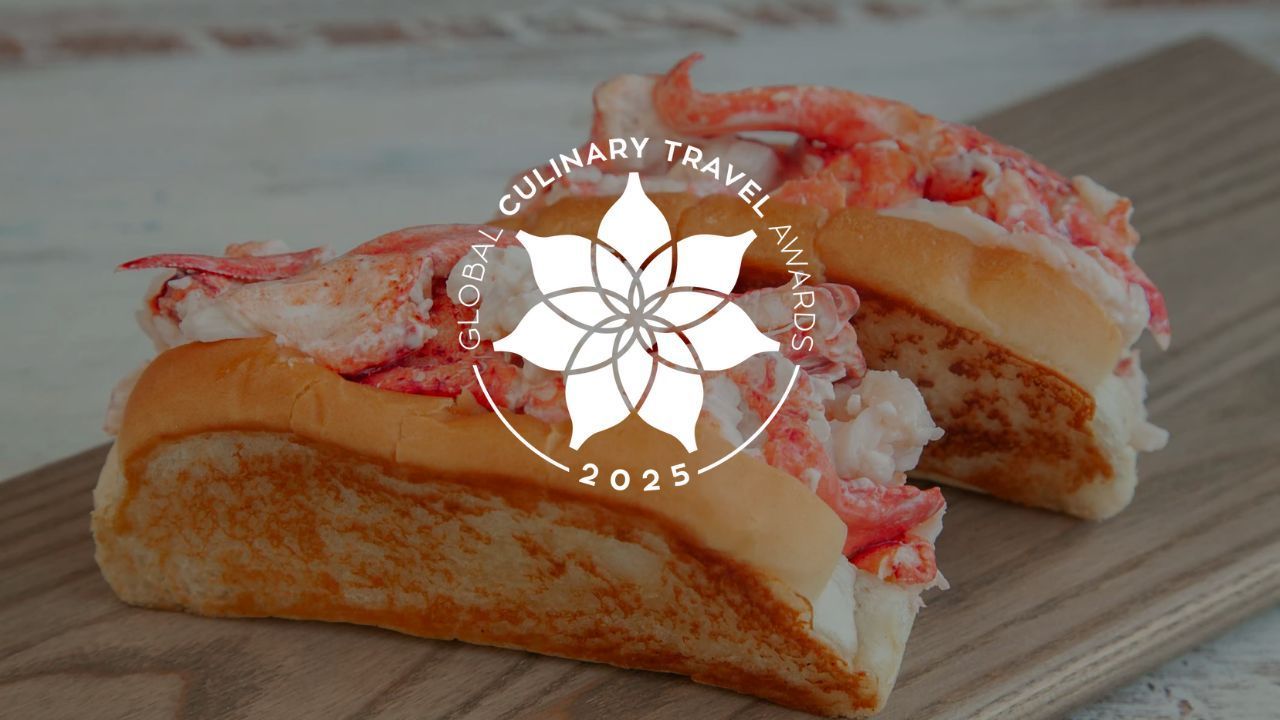Taste of Sweden [Part 2]

The first part of ‘The Taste of Sweden’ was about trying to find out what characterizes the Swedish food culture. In this following part, we explore how tourists view Sweden and our food culture when they visit us. What do they think of us and what do they think about what we eat? For a small country that may not always be the first Holiday-choice when choosing a destination, it is important to stand out and flaunt the good stuff!
With more than 400 department stores worldwide, IKEA definitely has contributed to the image of Sweden. Apart from exporting the Swedish “cosiness” in flat packages at affordable prices, they have also been somewhat representing and showcasing parts of the Swedish food culture. In their restaurants and later mini-supermarkets inside the department stores, people around the world have had the chance to try the Swedish cuisine. On the other side of the globe, meatballs and salmon are being devoured, but also lesser-known products, such as cloudberry jam, crispbread and various kinds of herring. I wonder if they have any responsibility to represent Sweden and if so, why don’t they serve sautéed reindeer with lingonberries or sell Löfberg’s coffee in the supermarket, but I assume that logistics, profit and access to local products have something to do with it. Maybe I am the only one in favour of introducing these items to IKEA’s product range, luckily my father regularly sends coffee in the mail.
Would you say that there is a special “IKEA effect”, and has it had any influence on the food tourist? “Yes, there is definitely an IKEA effect, I have no data to rely on, but considering how big they are, I would still dare to say it.” As Jens Heed, Program Director Swedish Food Travel at Visit Sweden, describes, it is likely that as a tourist comes into contact with an IKEA store before visiting Sweden for the first time. According to statistics from VisitSweden, the main reason why people choose to visit Sweden is to experience new places and our nature, as well as to relax. Sounds like excellent conditions for promoting food and beverage tourism, however, only 15% of visitors are specifically interested in food.
Do you think that the Swedish food culture is on the rise? “Yes, from a longer perspective, definitely. “ We must not forget that we had mainly state-owned restaurants and rationing of alcohol in the first half of the century, later something gastronomic happened, especially in the 80s-90s and onwards. ” Of course, we are a young food country, in 1984 a Swedish restaurant got the first Michelin star and the first university degree course in gastronomy started in 1991.” Jens speaks about Mathias Dahlgren who was the first Swedish chef to win Bocuse D’Or in 1997. It seems as though our Swedish food culture is getting more attention abroad, and above all Nordic food has gained momentum thanks to success stories in our neighbouring countries as well. “The other Nordic countries are as much “storing culture” as we are, which has shaped the food culture to a large extent. Maybe Norwegians eat more fish, while we eat more game in Sweden”.
Few results appear when I search for differences between the Scandinavian cuisines. If Google can not explain it, do we even know ourselves what the differences are, or is the Nordic food the same for all of us? It would be like saying that the Mediterranean countries share the same gastronomy. Once upon a time, we were one country, perhaps it is not that strange that our food traditions are often thought of as one and the same. So why does the tourist choose Sweden as a food travel destination, one could assume that our biggest competitors are our neighbouring countries?
In recent years, the interest in both Nordic and Swedish gastronomy has increased in foreign markets and as visitors are considering Sweden as a food travel destination, several projects have been launched to capture the attention of these travellers. The goal of the “New Culinary Nation” (Nya Matlandet) project was that Sweden would be the best in food by 2020, and one of the objectives emphasised on the countryside and highlighted how it could be used to attract more tourists. “New Nordic Food” with its manifesto created through a Nordic co-operation where an “innovative approach to traditional food combined with a strong focus on health and an ethical production philosophy” was introduced, but has slowly faded over the past years.
Last year, the campaign “ The Edible Country ” was launched – a development project on the topic of food tourism in collaboration with the regional tourism organizations in Sweden. The focus is on emphasizing the Swedish lifestyle, the accessibility to food in the natural surroundings. In fact, you reserve a table in the middle of the forest or the countryside, with accompanying chef, menu, ingredients, etc. The only catch is that you have to pick, prepare and cook the food yourself. To participate yourself and influence on the culinary experience, it doesn’t seem bad at all. “We have seen in target group analytics that healthy food can seem expensive and inaccessible, instead we want to highlight that you can actually go out into nature anywhere in the country and pick something yourself to eat for lunch or dinner,” says Jens.
Before my conversation with Jens regarding the Taste of Sweden, I had characterized our food culture with the words tradition, preservation and transformation. I ask if he thinks that innovation, creativity and renewal, are better words to describe it. He answers, “Yes, I would really like to highlight that, together with a natural connection to nature, as well as progress and innovation. But also some kind of respect, which shows in everything from how we create our laws, we have very strict laws about animal welfare, it is important, or how we treat our workforce, and we have much more orderly conditions in the labour market than the EU and its rules. People should feel as good as possible and there should be a balance between employees and employers, respect which in turn affects the food culture.”
More and more tourists seem to be discovering the Swedish lifestyle in general and the food in particular, I myself would love to show everything the Swedish food culture has to offer. Defining Swedish taste is not easy. But we agree that it is both created at home in the Swede’s own kitchen and eaten at the fine restaurant or as a takeaway, it is the chanterelle and bilberry picked from our forests, the pikeperch fished in the lake, the drink made from spruce shoots, and surely the meatball served at IKEA.
Authored by: Rosanna Olsson











